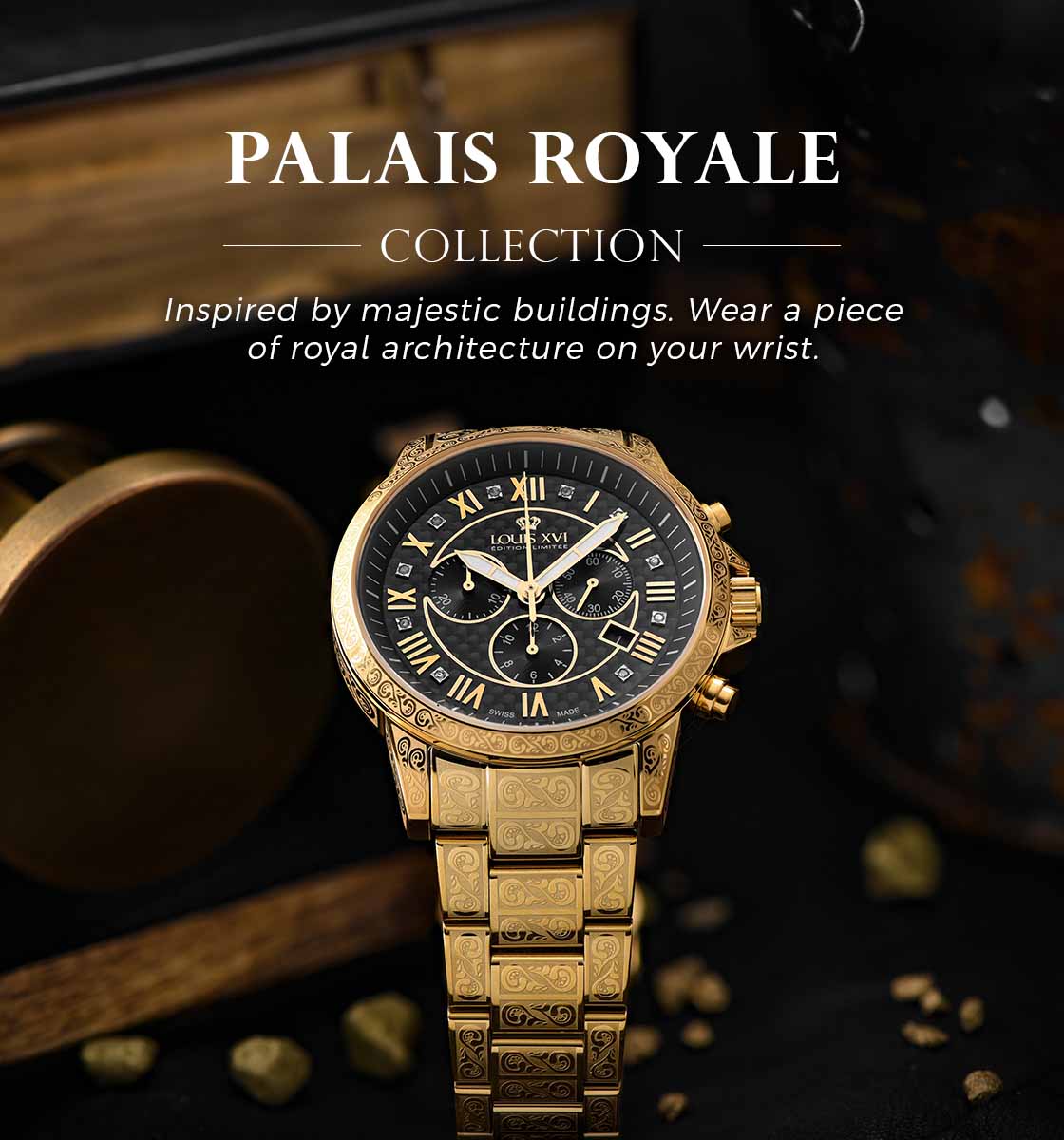Edelstahl 316L – Warum Uhrenhersteller darauf schwören!
316L stainless steel is used to manufacture high-quality wristwatches. Why is that? And how is stainless steel made in the first place? In this blog post, you will find out what makes this material so resistant and how a finished watch case is made from a block of stainless steel.
Stainless steel is steel that is refined by the addition of various substances such as molybdenum or silicon. There are countless different stainless steel alloys. One of these is alloy 316L, which we use to manufacture our cases and bracelets. We use this alloy for the following reason: it is very low-carbon and therefore corrosion-free. 316L stainless steel is very hard and resistant and is therefore ideal for watch cases and bracelets. Incidentally, 316L stainless steel is also the material of choice for surgical instruments due to these properties.
A complex process is required to turn a block of stainless steel into a finished watch case. Basically, the process can be divided into three different phases. First, a blank is punched out. Depending on the shape of the case, different numbers of punching operations are required. The blank is then milled into the finished shape in a CNC machine and the holes for the crown and spring bars are also drilled. The final step involves the finishing process. A polisher prepares the surface of the watch. Depending on the desired look
Stainless steel is steel that is refined by the addition of various substances such as molybdenum or silicon. There are countless different stainless steel alloys. One of these is alloy 316L, which we use to manufacture our cases and bracelets. We use this alloy for the following reason: it is very low-carbon and therefore corrosion-free. 316L stainless steel is very hard and resistant and is therefore ideal for watch cases and bracelets. Incidentally, 316L stainless steel is also the material of choice for surgical instruments due to these properties.
A complex process is required to turn a block of stainless steel into a finished watch case. Basically, the process can be divided into three different phases. First, a blank is punched out. Depending on the shape of the case, different numbers of punching operations are required. The blank is then milled into the finished shape in a CNC machine and the holes for the crown and spring bars are also drilled. The final step involves the finishing process. A polisher prepares the surface of the watch. Depending on the desired look






Leave a comment
This site is protected by hCaptcha and the hCaptcha Privacy Policy and Terms of Service apply.